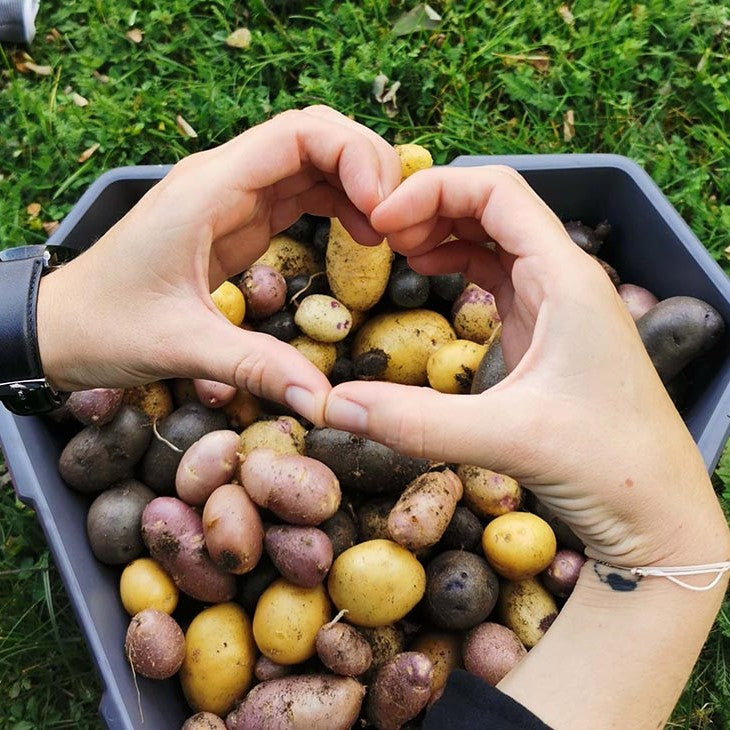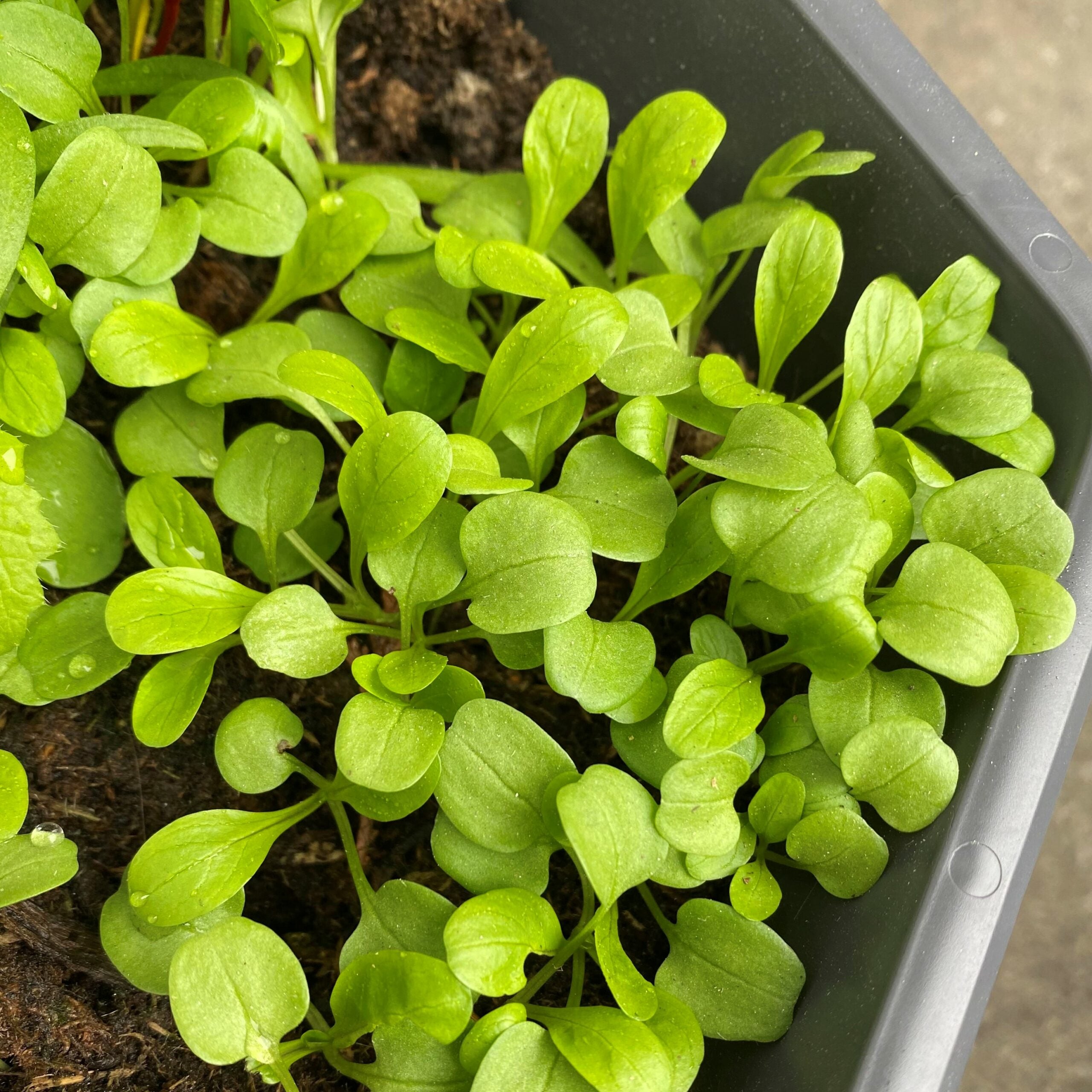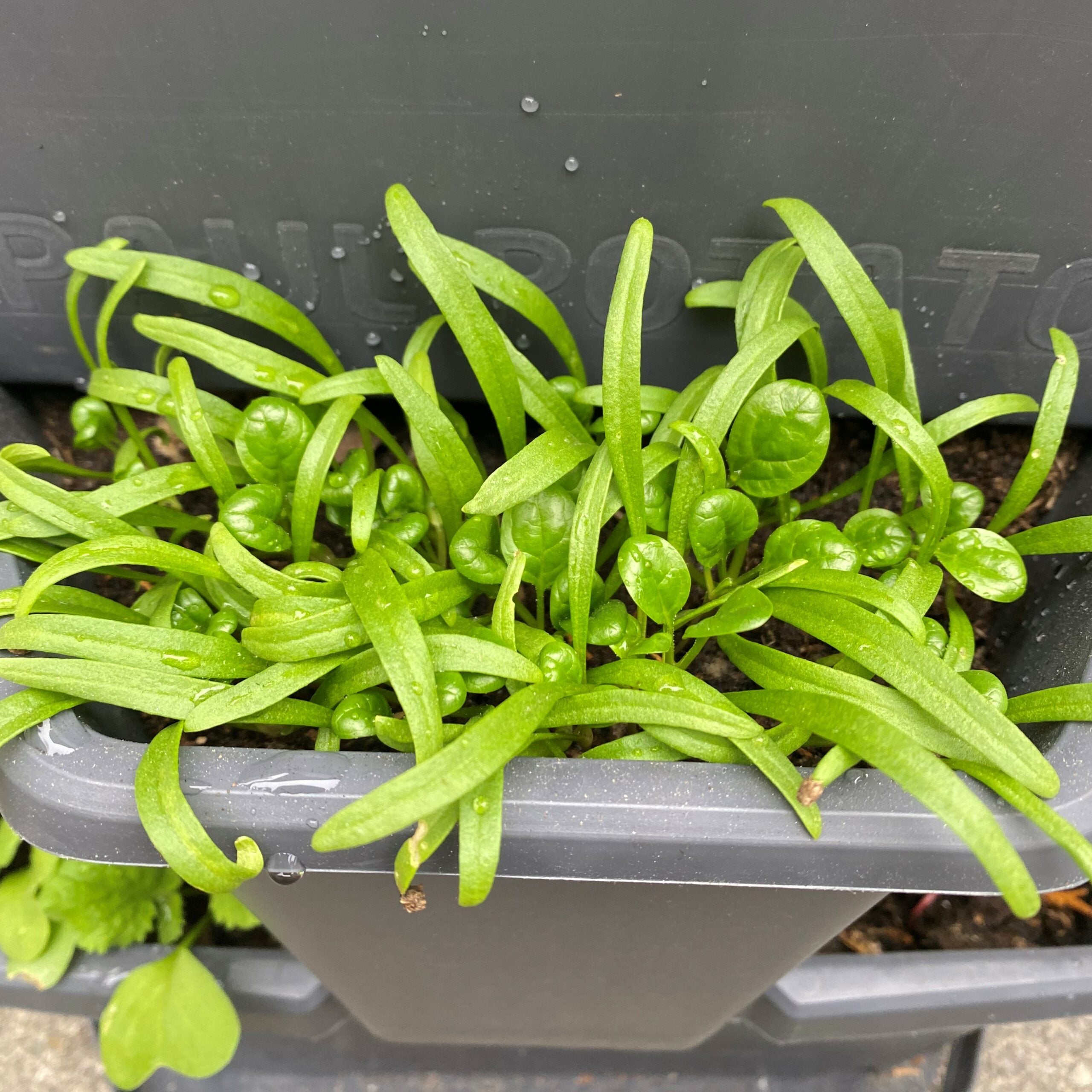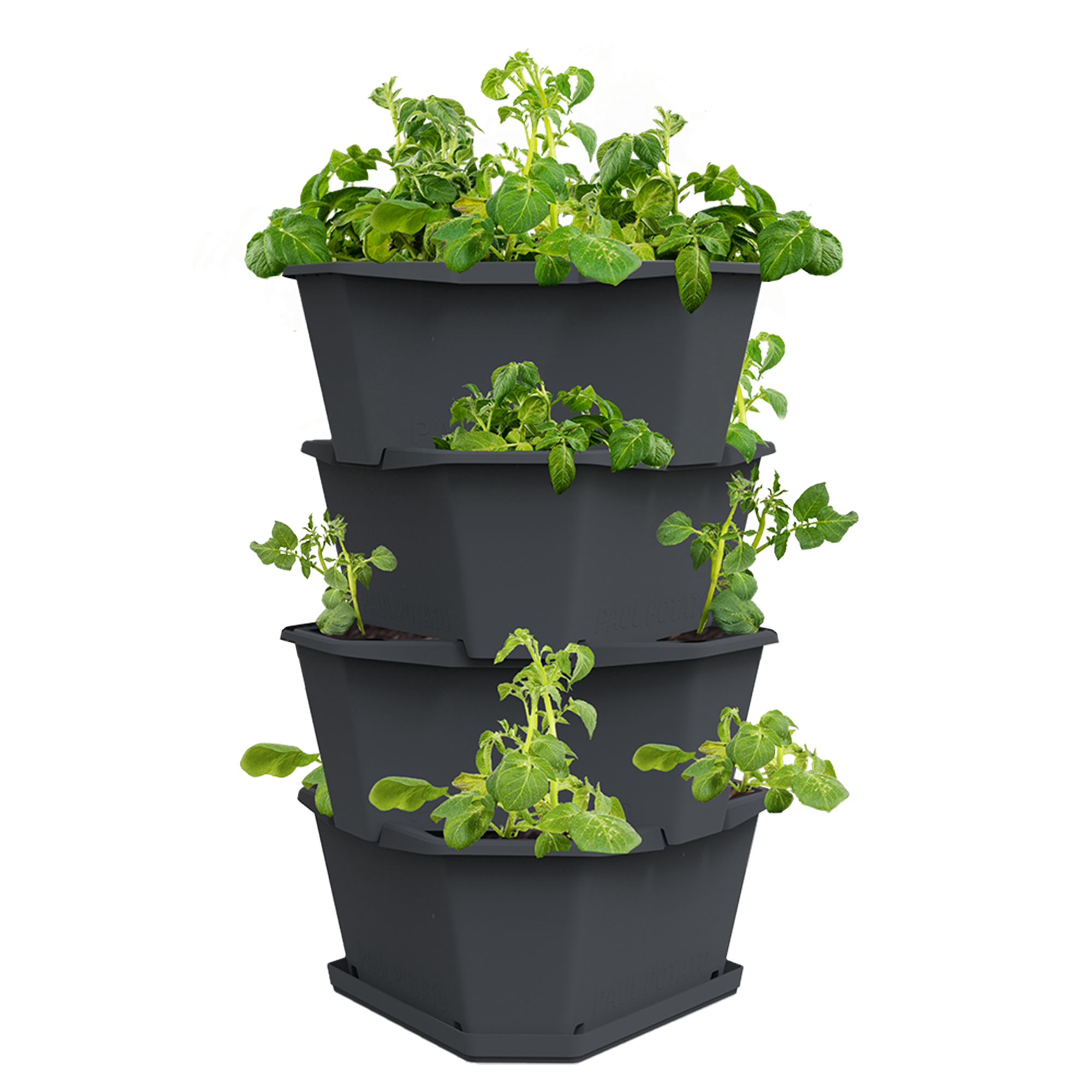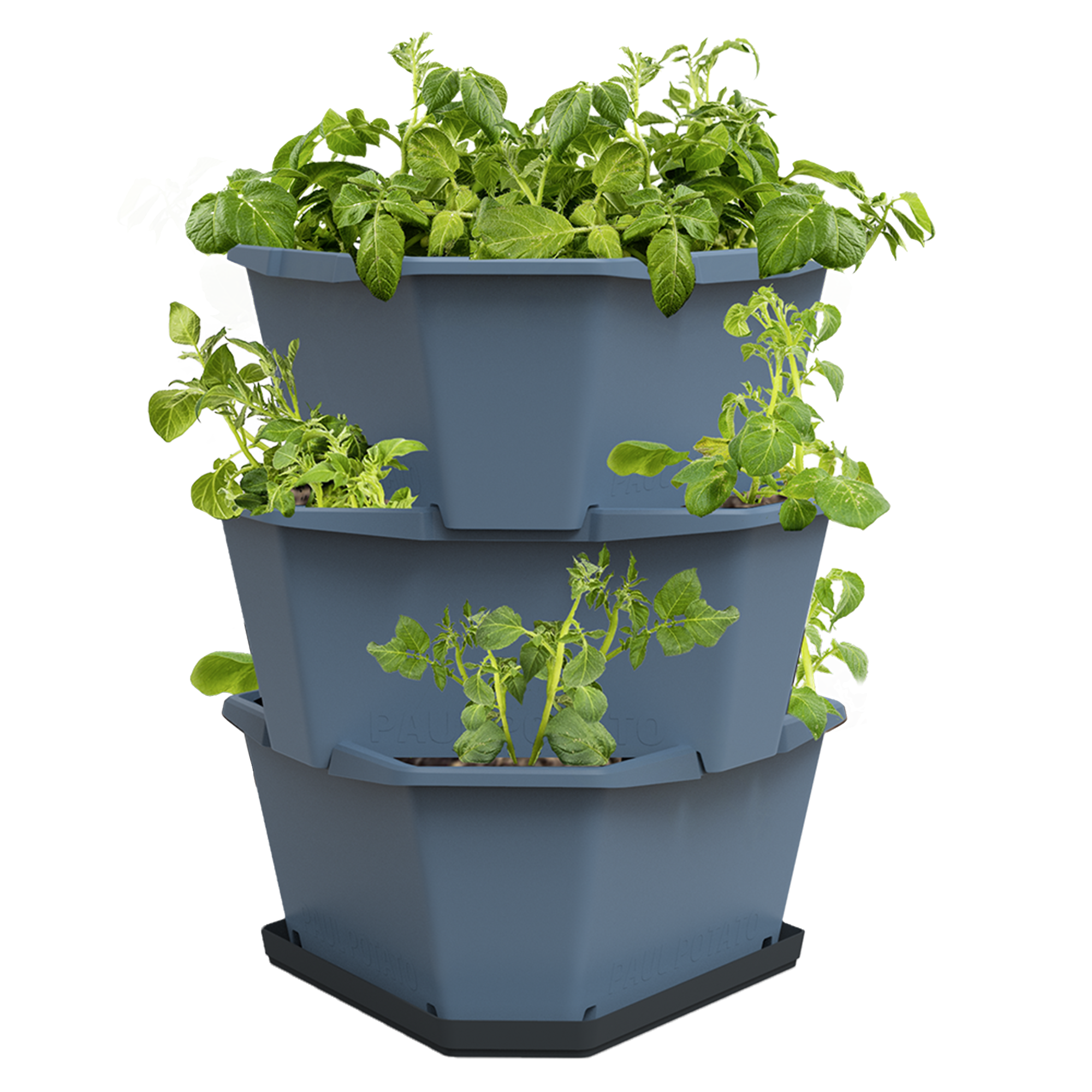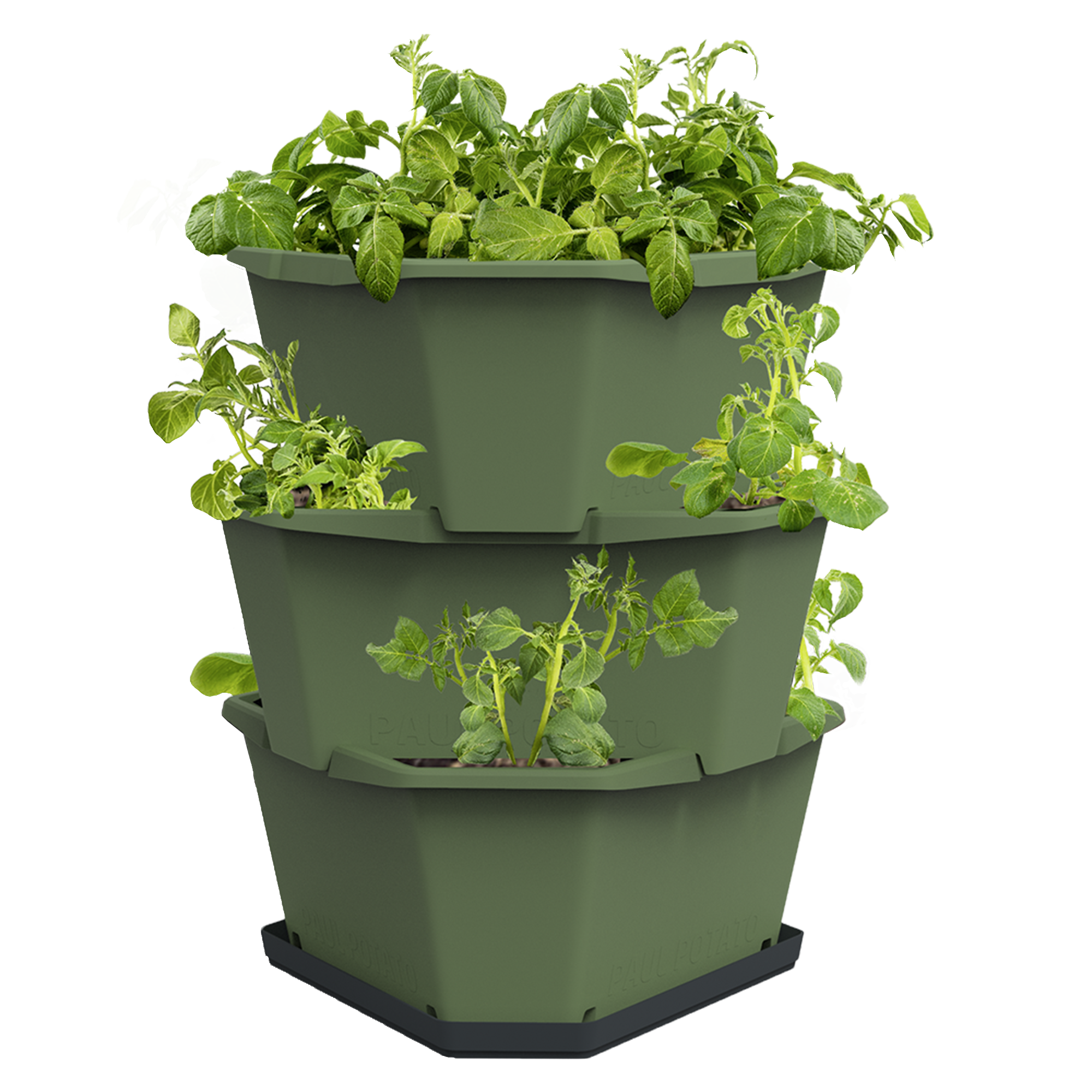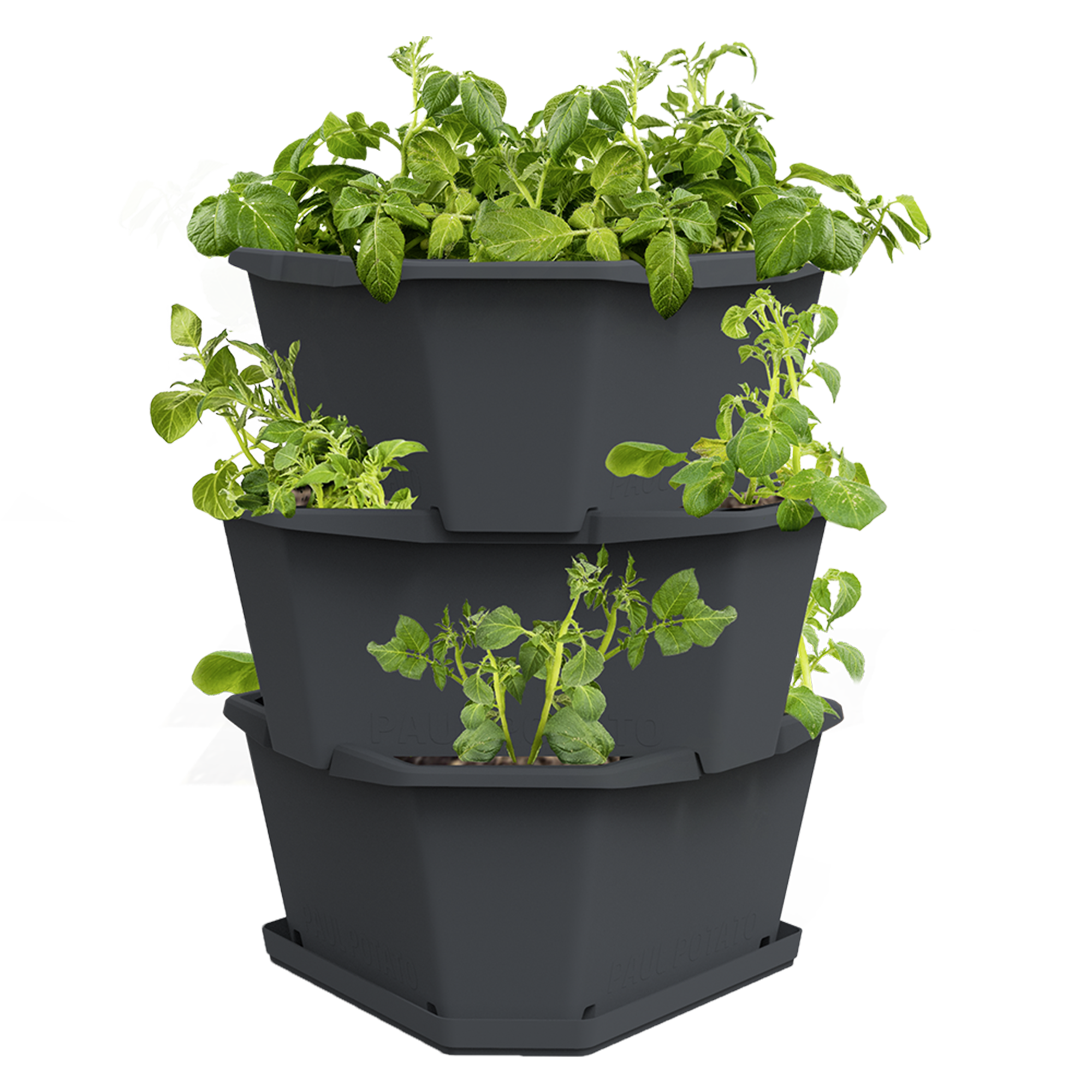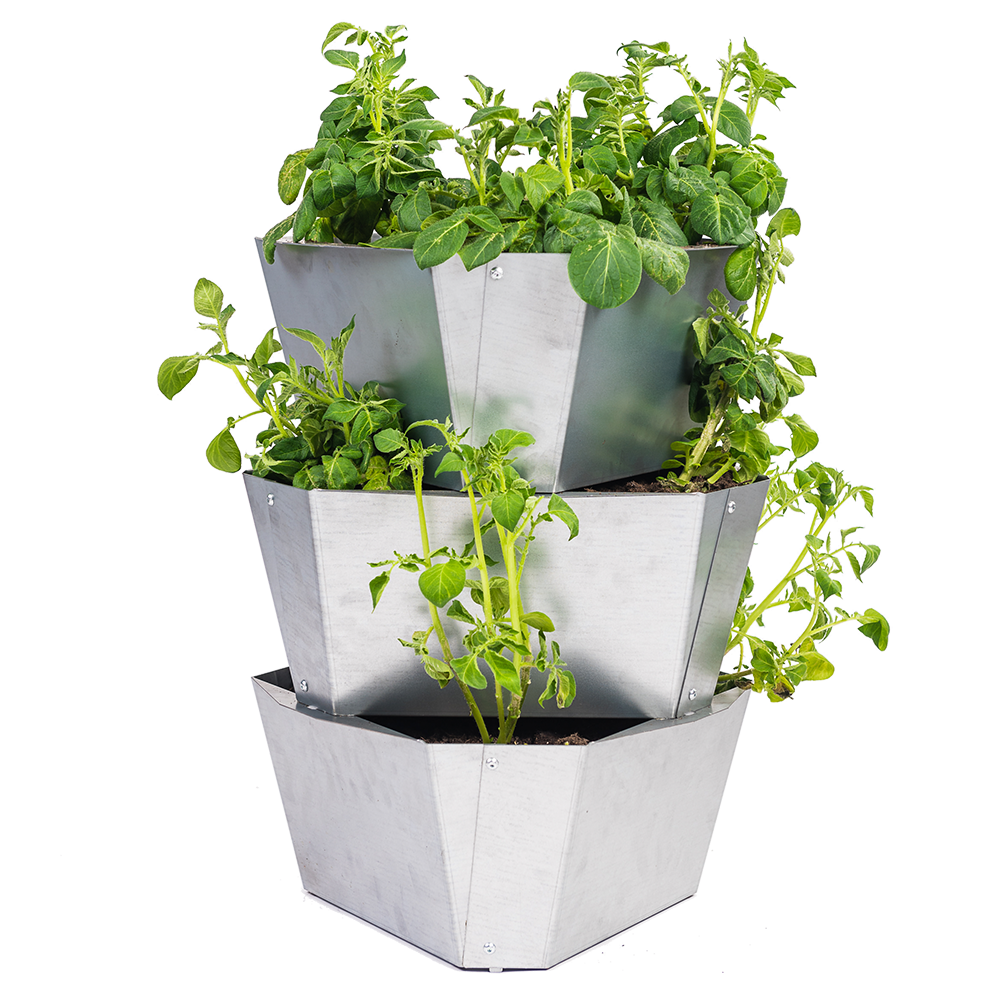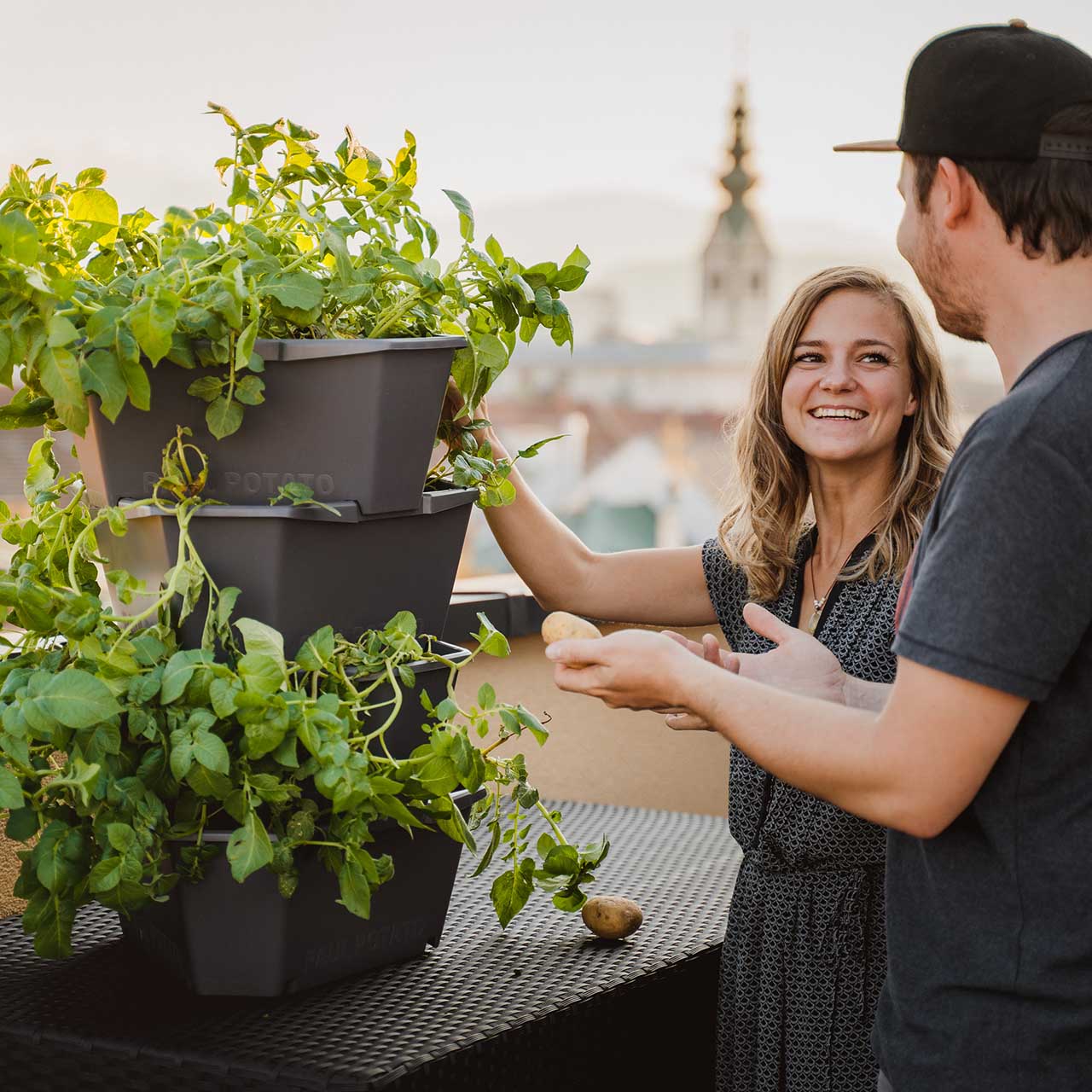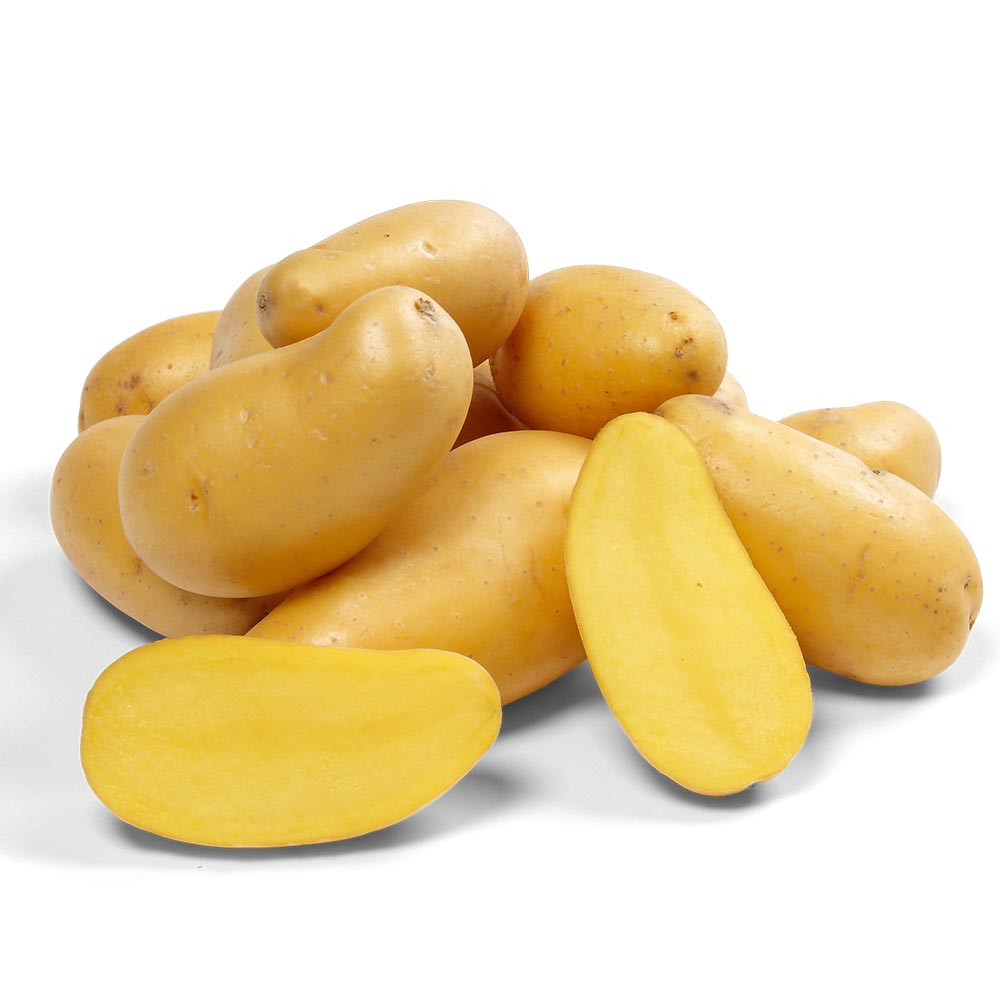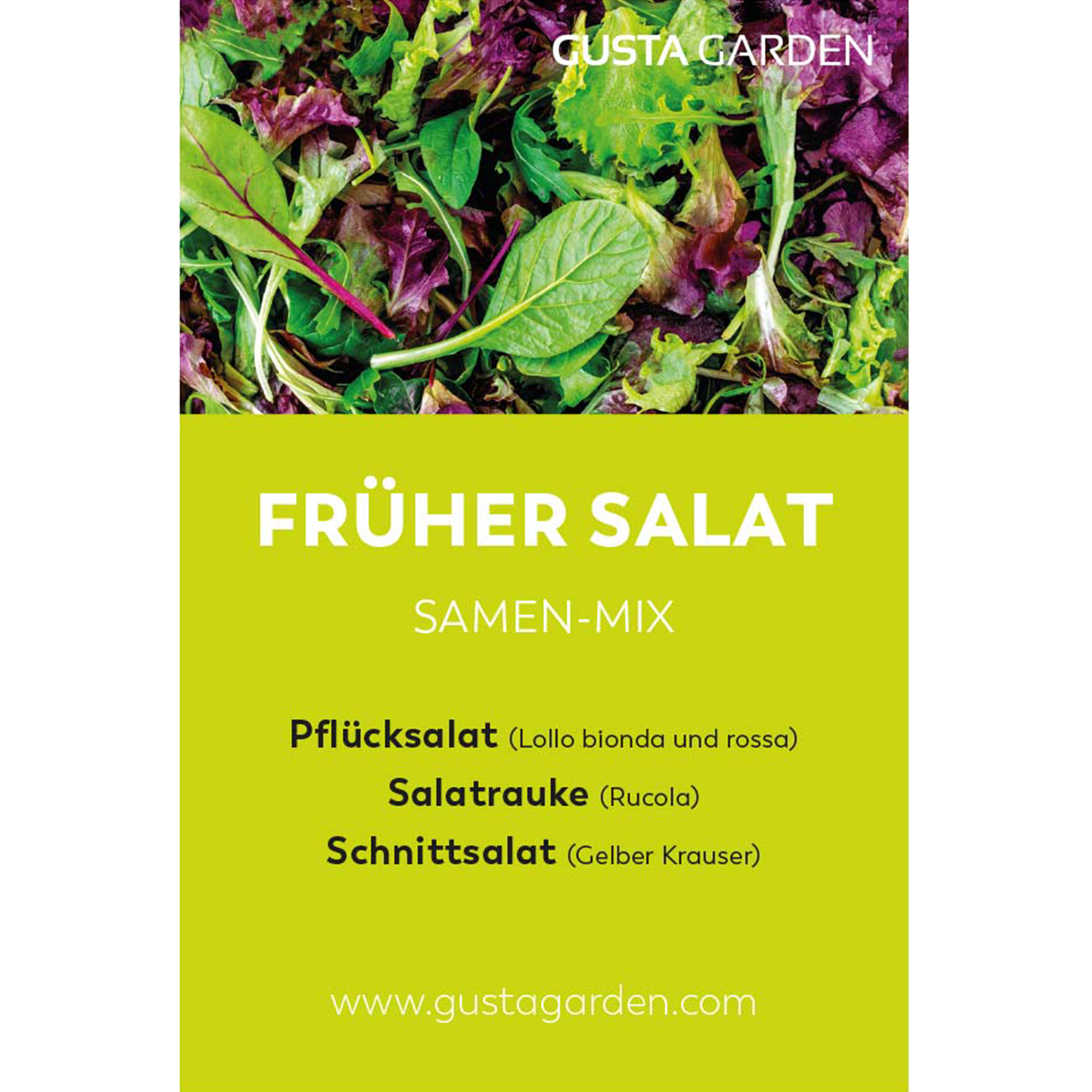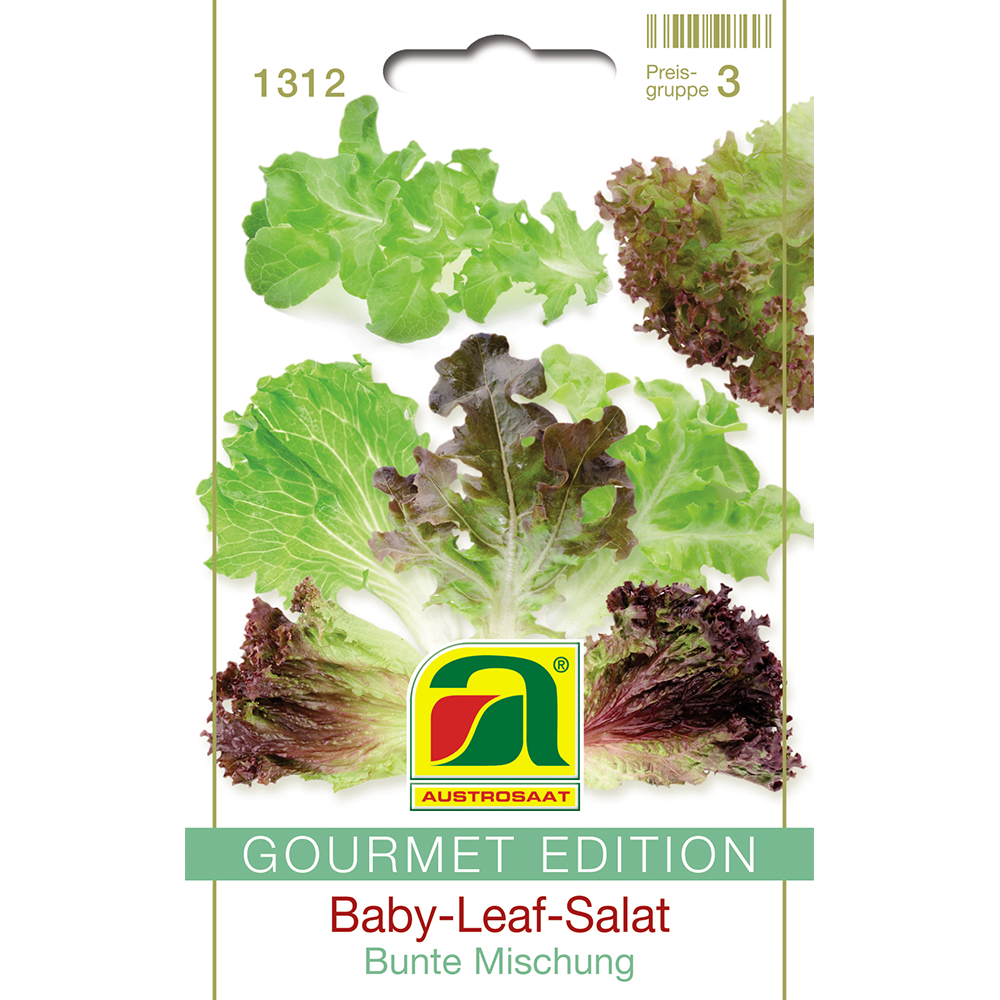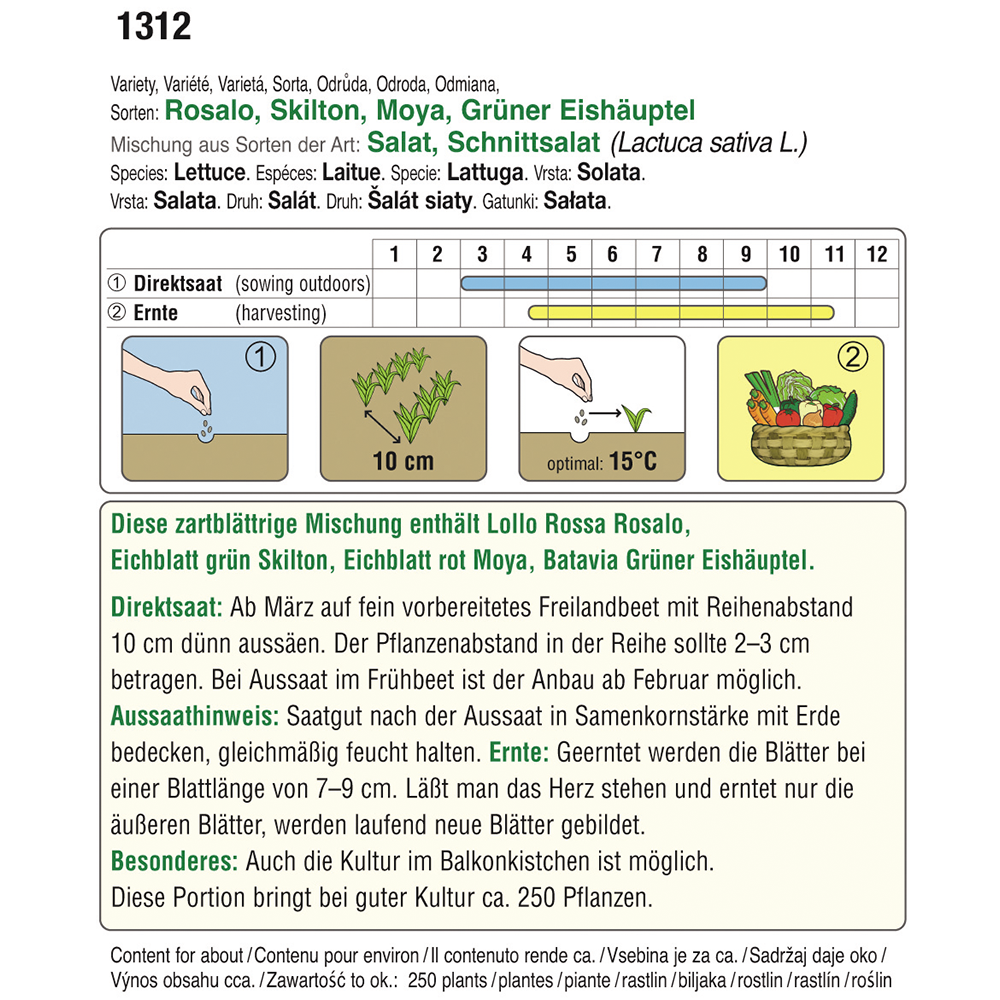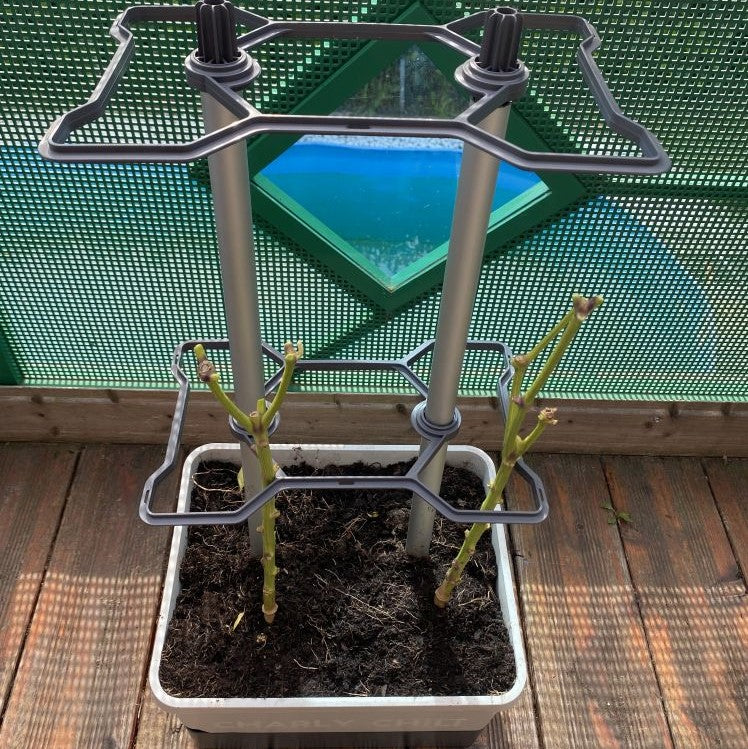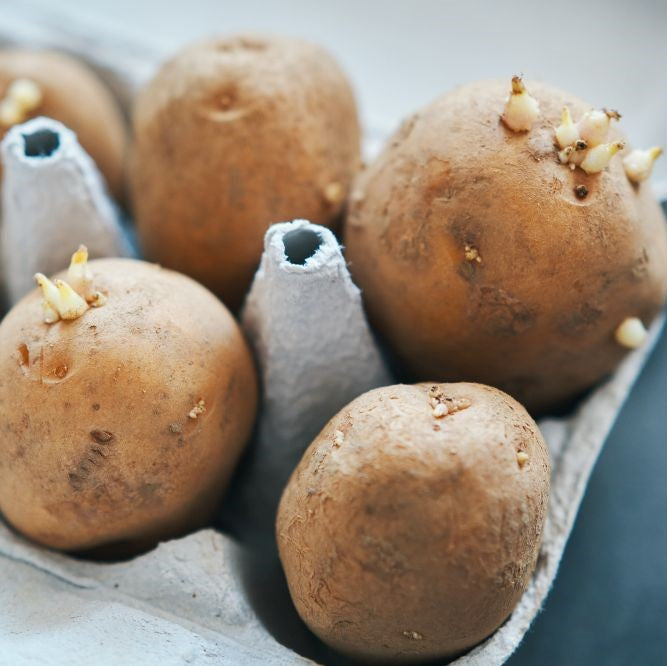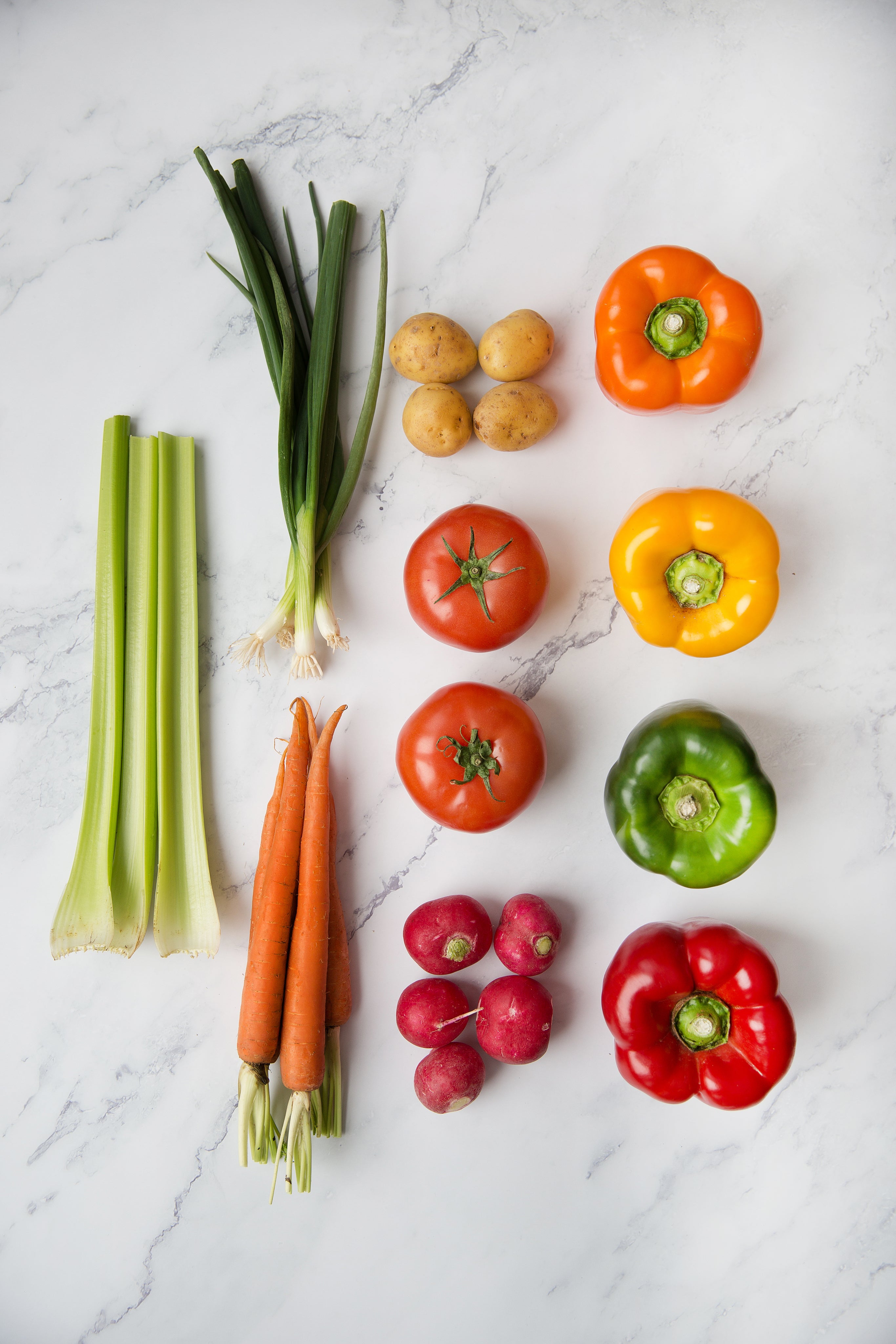
When it comes time to harvest the potatoes from your PAUL POTATO , one question inevitably arises: What happens to the soil after harvest? Can they be used again? Will potatoes grow in it again next year, or should you plant something else? We have put together a few tips and background knowledge for you here.
Heavy eaters vs. weak eaters
Potatoes and, among other things, tomatoes are among the so-called heavy eaters. In order to grow and form the tubers and fruits, they need an enormous amount of nutrients, which they extract from the soil and the added fertilizer throughout the summer. These plants strongly leach the soil. Therefore, you should avoid using the same soil for potatoes or tomatoes twice in a row. Sickly plants and a poor harvest are then the most likely scenario for the next season. However, this does not mean that you have to dispose of the soil immediately after harvesting potatoes, because what is not enough for potatoes is definitely enough for other plants. Chard, radishes, lettuce and spinach belong to the group of so-called “weak eaters”. They are undemanding and also thrive in nutrient-poor soil.
Crop rotation
When you plant another vegetable in the same soil after potatoes in the same season, it is called “crop rotation.” As described above, varieties from the low-eating group are particularly suitable here. Our PAUL POTATO seed mix offers you a colorful variety with which you can plant your PAUL POTATO even after the potato harvest in autumn.

Crop rotation (and its historical context)
While crop rotation describes cultivation within one season, crop rotation refers to cultivation over several seasons . Our ancestors already noticed that by always growing the same type of grain or vegetables (monoculture), their fields were becoming depleted and subsequently even unusable. In the Roman Empire, the so-called “two-field economy” finally became established, in which one field was cultivated alternately for a year and the other was left fallow so that the soil could regenerate . Subsequently, the three- and four-field economy emerged in order to maximize yields through more efficient use of the available agricultural land. In addition, crop rotation was introduced - different varieties were grown in one field over several seasons. In the scheme, heavy eaters – medium eaters – weak eaters. In the fourth year the field in question lay fallow and in the fifth year the cycle began again. This method had some advantages:
- Since different plants require nutrients in different compositions, crop rotation prevents one-sided leaching of the soil
- Many plant diseases can survive in the soil for several years. Crop rotation prevents crop failures
- Weeds and pest infestations are reduced
- Due to the differentiated build-up and breakdown of nutrients in the soil, they are retained in the long term and thus promote increased yields
The importance for the hobby garden
Due to the use of mineral fertilizers, the multi-field economy has largely lost its importance in commercial agriculture today. However, you can adopt many of the basics for your home or balcony garden in order to maintain soil health and prevent disease or parasite infestation. So nothing stands in the way of a sustainable and plentiful harvest.
